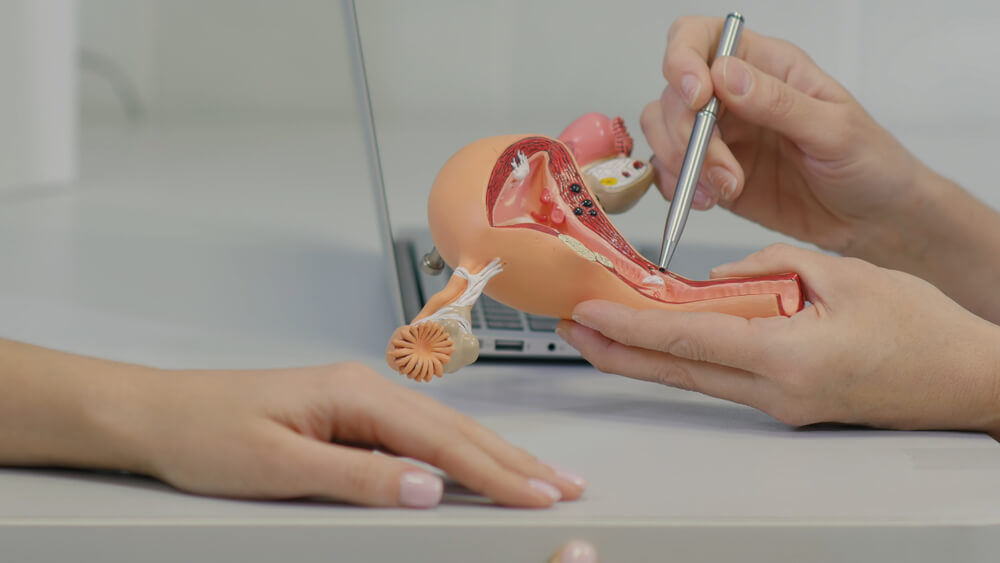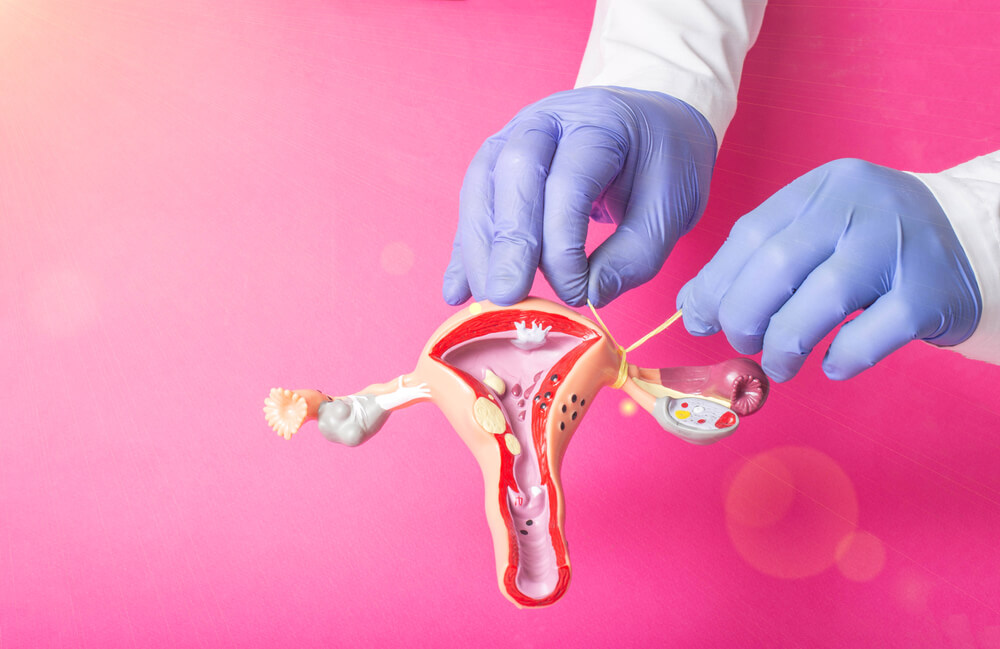If you are interested in tubal ligation or getting your “tubes tied,” you have landed on the right page. Find out more about this permanent birth control method, including why it is done, the possible risks, how to prepare, what to expect from the procedure, and more. You will also receive helpful tips and tricks to make the tubal ligation procedure go smoothly. Alternatives to the procedure will also be discussed. We recommend consulting with trained professionals, such as Gynecology Specialists in Miami, to find out more about your options and receive expert help and guidance.
With that in mind, here is everything you need to know about the tubal ligation procedure.
What Is Tubal Ligation?
You may have heard that “getting your tubes tied” is a good option for permanent birth control. But what does “getting your tubes tied” refer to exactly? In the simplest terms, this procedure also referred to as tubal sterilization, involves surgically cutting, tying, or blocking the fallopian tubes to prevent pregnancy permanently. Tubal ligation then prevents an egg from traveling from your ovaries via the fallopian tubes. It also blocks the sperm from reaching the fallopian tubes and the egg. Keep in mind that patients who have undergone this procedure have normal menstrual cycles.
Tubal ligation surgery can be done at any time. Patients who have undergone prior abdominal surgery, including a C-section, are candidates for tubal ligation. It is also important to be aware that tubal ligation is considered a permanent and irreversible procedure.
In the past several years, it has become more common practice to remove the fallopian tubes completely rather than “tie” them. This is called a bilateral salpingectomy and has an even lower rate of pregnancy after the procedure than tubal ligation. Recent studies have shown that certain types of ovarian cancers actually start in the fallopian tubes. Therefore, by removing the fallopian tubes entirely, the risk of ovarian cancer in the future is reduced.
Consult with New Age Women’s Health to determine whether this procedure is appropriate for you. Reach out to trusted and experienced professionals today.
Who Should Consider Getting Their Tubes Tied?

Who is an eligible candidate for the tubal ligation procedure? Why do women opt for this procedure in the first place?
The good news is most patients are good candidates to undergo a tubal ligation procedure. Anyone who does not desire pregnancy in the future can consider a tubal ligation, even if they have never had children in the past.
Given that a tubal ligation is a surgery that requires general anesthesia, alternative birth control or contraceptive methods should be considered. Alternatives to permanent sterilization include IUDs (intrauterine devices), birth control pills, Depo Provera shots, contraceptive implants, contraceptive patches, or contraceptive vaginal rings.
A tubal ligation is among the most common surgical procedures for permanent sterilization. This procedure permanently prevents unwanted pregnancy, so there is no need for additional birth control methods. That being said, tubal ligation does not protect the patient from STIs or sexually transmitted diseases. To prevent those, you will want to use a condom.
Potential Tubal Ligation Side Effects
While the tubal ligation procedure is a common surgical procedure, that does not mean it is risk-free. Here are some of the rare tubal ligation side effects to keep in mind:
- Reaction to the anesthesia
- Damage to the major blood vessels, bladder, or bowel
- Continued abdominal or pelvic pain
- Infection or improper wound healing
- Procedure failure (which may lead to unwanted pregnancy in the future)
Make sure to choose your healthcare experts wisely. Always select a reliable and transparent clinic with trained professionals and years of experience. Doing this will ensure positive results and minimal to no tubal ligation side effects.
Side effects and complications can always happen. Here are some things that may put you at higher risk of tubal ligation side effects:
- You have diabetes or other underlying healthcare conditions
- You are overweight or obese
- You have a history of several abdominal or pelvic surgeries
Talk to your doctor and ask plenty of questions about the procedure, the benefits of tubal ligation, and if there are any side effects or risk factors involved. Your healthcare provider will be able to give you the most concise and expert advice tailored to your needs.
How Can I Prepare for Getting My Tubes Tied and Surgery?
Getting your tubes tied may seem scary, but it is important to discuss your concerns with your healthcare professional. Talk about the reasons you want permanent sterilization. Your doctor will help you understand the risks and solidify your decision. Patients sometimes do not consider a marital status change or young age. In some cases, patients may regret the decision, and there is no way to go back.
Your doctor will also discuss the following with you:
- The details of the surgical procedure
- The benefits and possible tubal ligation side effects
- Probability and causes of the procedure failing
- Different ways to prevent STIs
- The best time frame to do the surgical procedure (for example, some patients may want to get their tubes tied after giving birth)
When Can I Get A Tubal Ligation Procedure?
You can get your tubes tied:
- During a C-section
- After a vaginal birth, through a tiny incision under your belly button
- During any time using a laparoscope and general anesthesia or interval tubal ligation
Before and During Tubal Ligation
Before the procedure, your healthcare provider will want to ensure you are not pregnant. You will need to take a pregnancy test.
Patients who opt for a tubal ligation will have an incision created via the belly button so the abdomen can be inflated with carbon dioxide, which is standard during a laparoscopy procedure. After this, the expert inserts a laparoscope into the abdomen.
Usually, the doctor makes a second smaller incision near both hips to insert instruments via the abdominal wall. The doctor utilizes these special instruments to seal the fallopian tubes by blocking them with clips or rings or destroying certain parts of the tubes.
Patients who have this procedure post-vaginal birth will require a tiny incision under the belly button. This incision will provide access to the fallopian tubes and the uterus.
Post-Tubal Ligation Procedure

The patient may go home just a few hours after the tubal ligation surgery. Patients who get their tubes tied after childbirth typically do not stay longer in the hospital.
Patients can expect some discomfort at the site of the incision. Some other side effects may include:
- Dizziness
- Fatigue
- Cramping or abdominal pain
- Bloating or gassiness
- Pain in the shoulders for several days
Discuss pain management with your healthcare provider. Usually, patients may take a bath 48 hours post-procedure. However, any rubbing or straining of the incision is strictly discouraged. Always gently dry the incisions. You will also need to avoid sexual intercourse and heavy lifting during recovery. Once you feel better and your healthcare provider says it is fine, you may resume normal activities. Usually, the stitches dissolve and do not require removal. Your doctor will tell you if you need any follow-up appointments.
Give Us a Call Today
Are you looking for the best professionals in your area? Give us a call today and get started! Book an appointment with our experts and get your health back on track.





